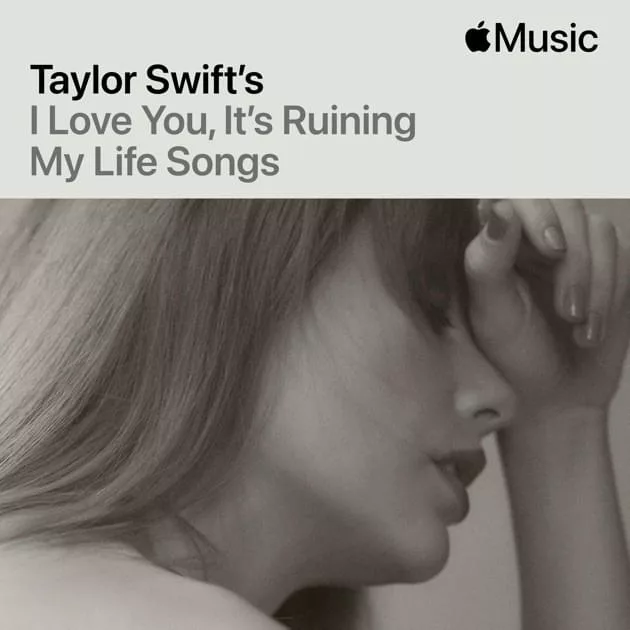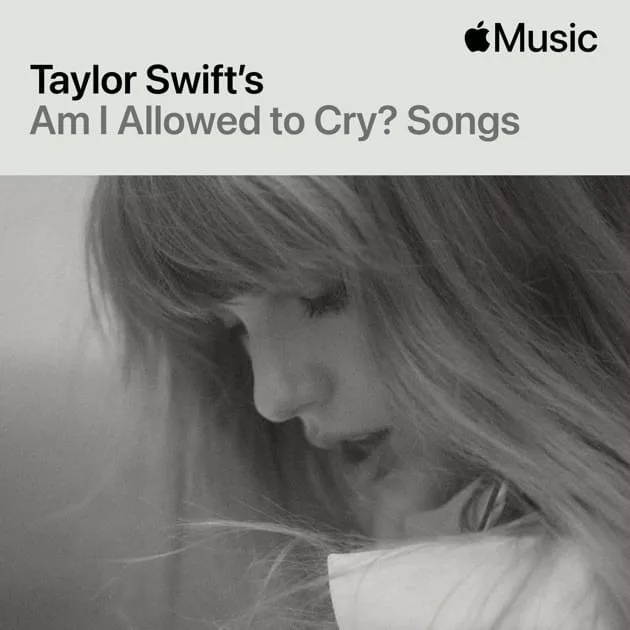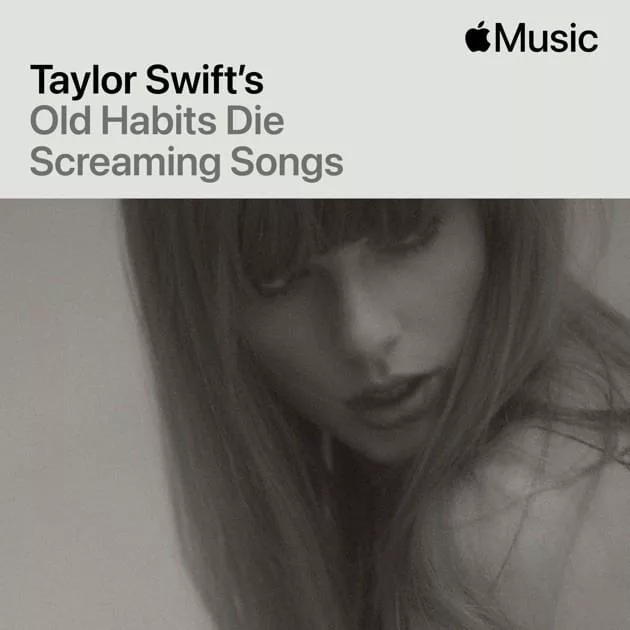Fans were shocked again as Taylor Swift’s stages of grief were turned into playlists made by her before the upcoming album drops
She has made it again. Taylor Swift’s stages of grief garnered widespread excitement by compiling various playlists featuring her love songs centered around denial, a pivotal stage of grief and heartache. This move preceded the launch of her highly awaited 11th studio album, “The Tortured Poets Department,” scheduled for April 19. Rather than unveiling a single from the album, Swift opted to release five distinct playlists, each corresponding to the various Taylor Swift’s stages of grief.
A tweet from Taylor Nation on April 5 highlighted the initiative, inviting fans to delve into the emotional journey encapsulated in these playlists ahead of the album’s release. The only promo we have seen so far. The playlists are only available in Apple Music
Taylor Swift’s stages of grief promise a heartbreak album
The playlists, titled in alignment with the cover art themes of “The Tortured Poets Department,” cover the five stages of grief: denial, anger, bargaining, depression, and acceptance. However, certain song selections within Swift’s playlists triggered intense reactions among fans. Notably, her inclusion of “Lover,” a romantic track from 2019, in the denial-themed playlist sparked considerable discussion. Moving forward, remains exploring each of Swift’s playlists in detail, shedding light on the surprising song choices and the emotions they evoke. Although, the playlists are only available in Apple Music fans have recreated them in platforms such as Spotify and YouTube for everyone to enjoy.
The stages of grief are in this order: Denial, anger, bargaining, depression, and acceptance. “These songs represent making room for more good in your life,” she says in a brief audio message accompanying the final playlist, acceptance. “Making that choice. Because a lot of time when we lose things, we gain things too.” Psychiatrist Elisabeth Kubler-Ross introduced the five stages of grief in her 1969 book “On Death and Dying.” Derived from her work with terminally ill patients, the theory initially explored individuals’ responses to mortality. Consequently, Taylor Swift plans to explore those concepts with her music in her next album.
I Love You, It’s Ruining My Life the first of Taylor Swift’s stages of grief

Firstly, in the playlist titled “I Love You, It’s Ruining My Life,” Swift elucidated its thematic essence, characterizing it as a compilation of songs delving into the intoxicating allure of love, often blinding individuals to potential warning signs. Notably, the playlist features tracks such as “Snow on the Beach,” “Cruel Summer,” and “Style,“ among others. Additionally, the inclusion of “Lavender Haze” drew attention, particularly after Swift shared insights into its creation during a now-deleted Instagram video. Additionally, the first song is actually not a song but a personal message by Taylor. Every playlist includes one.
You Don’t Get to Tell Me About Sad

Transitioning to the playlist titled “You Don’t Get to Tell Me About Sad,” Swift emphasized the prevalent theme of anger coursing through the selected songs. She explained that these compositions serve as a means of catharsis, allowing her to channel and overcome feelings of anger through her music. To demonstrate, the playlist includes songs such as “Exile” or “Illicit Affairs”.
Am I Allowed to Cry?

Next, the playlist titled “Am I Allowed to Cry?” delves into the bargaining stage of grief, featuring tracks that encapsulate moments of desperation and attempts to negotiate with oneself or others. Noteworthy selections include “This Is Me Trying,” “The Archer,” and “Cornelia Street,” each offering poignant insights into Swift’s emotional journey.
Old Habits Die Screaming

In the playlist titled “Old Habits Die Screaming,” Swift delves into the depths of depression, offering listeners a glimpse into the profound emotions woven throughout her music. She elaborates on the therapeutic nature of songwriting as a means of processing intense emotions, particularly during times of loneliness and hopelessness. Songs such as “Bigger Than The Whole Sky” or “You’re Losing Me” go deep into that idea.
I Can Do It With a Broken Heart

Finally, the playlist titled “I Can Do It With a Broken Heart” symbolizes acceptance and the journey toward healing following loss or heartbreak. Swift underscores the significance of making room for positivity and growth amidst adversity, encapsulating this sentiment through song selections such as “August,” “Happiness,” and “Begin Again.”
The conclusion for all fans is that album is about breakup
In essence, Swift‘s playlists serve as a poignant exploration of the multifaceted emotions associated with love, loss, and ultimately, acceptance. Each curated selection offers listeners a deeply personal insight into Swift’s emotional evolution, resonating with fans on a profound level. This is just a glimpse of what we may find in “The Tortured Poets Department“. The album promises with its dark aesthetics a sad prose on Taylor’s narrative and a look at her moments. Perhaps, we can also find hope and happiness in the album and a message about rebuilding one’s life after something like a breakup happens.
Guillermo Lorenzo Manzano










